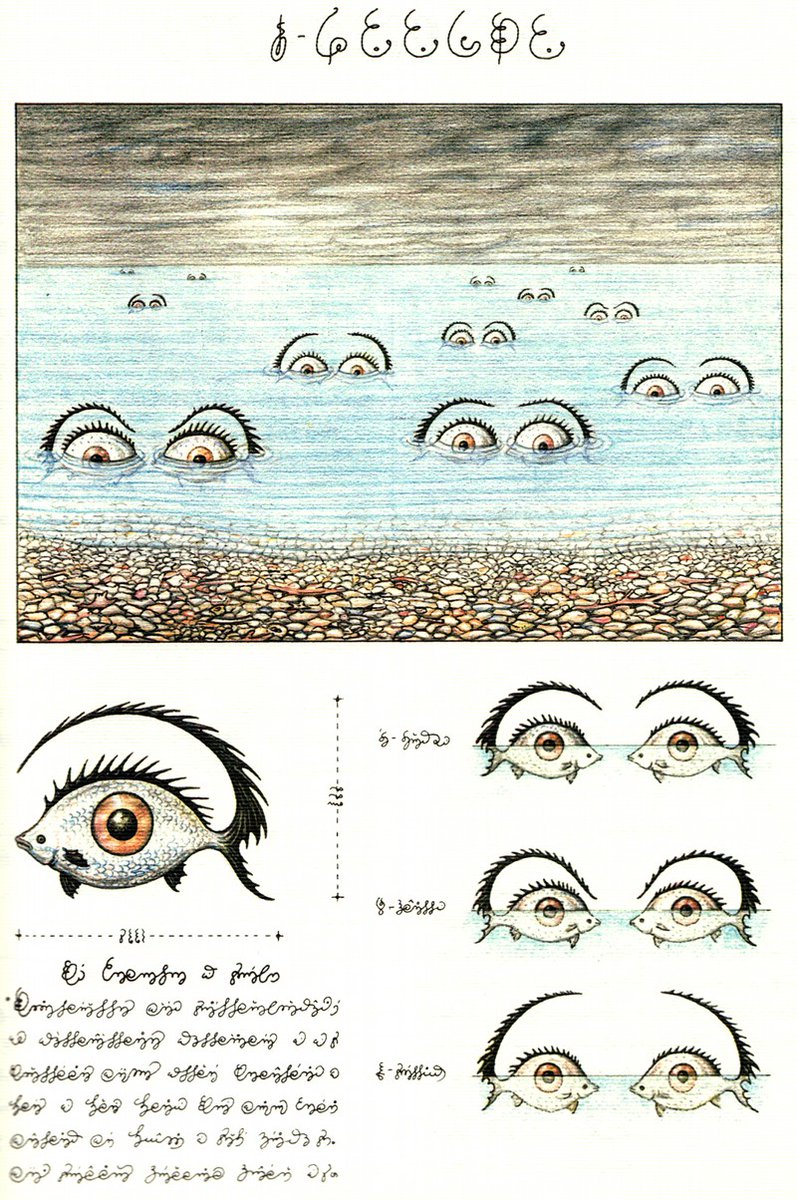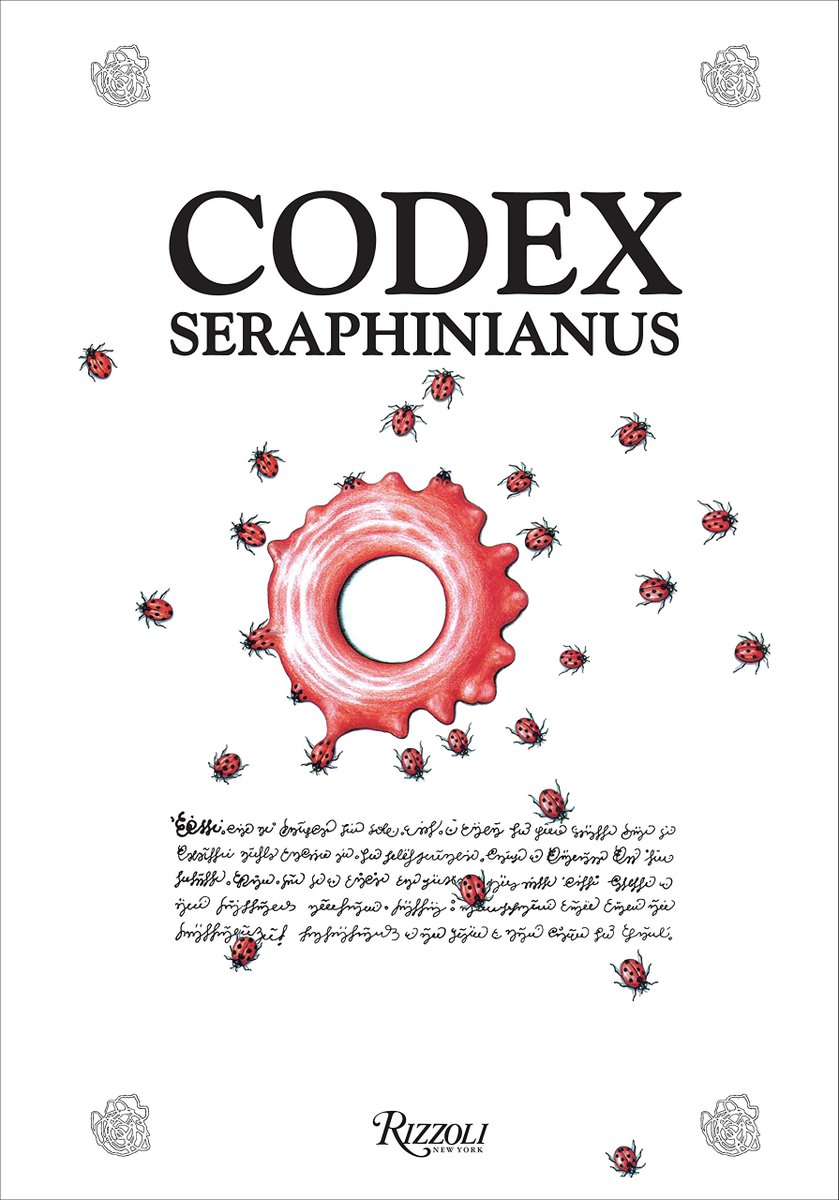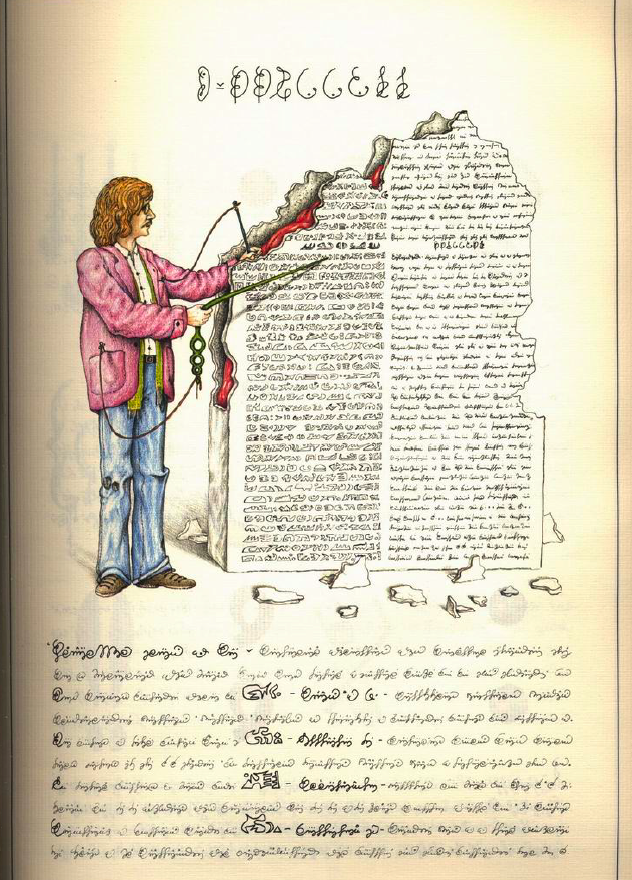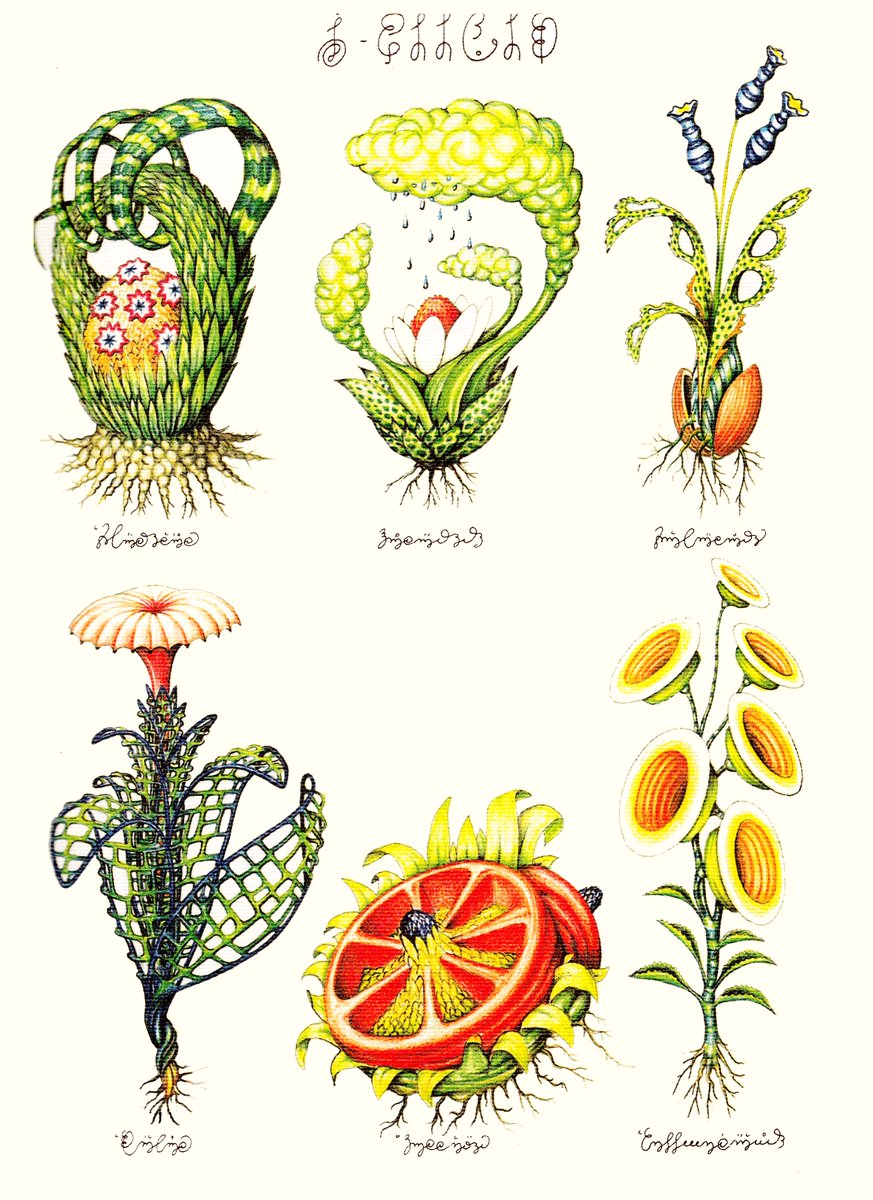Today we spent the last lecture of the @ArtHistoryStA course #AH4236 "Images and Knowledge in Early Modern Europe" discussing a selection of early modern materials from Special Collections @StAndrewsUniLib, including ⬇️
A rare edition of Galileo Galilei's Siderus Nuncius (1610) *without* the engravings depicting his observations of the surface of the moon. See these two images for comparison (the St Andrews edition on the left, the @SILibraries edition on the right) #AH4236 @StAndrewsUniLib 



An edition of Galileo's Letters on Sunspots (1613), featuring his signature as a "Linceo", that is, a member of the Roman Accademia dei Lincei (the "lynx-eyed", as indicated by the emblem of the lynx in the title page) #AH4236 @StAndrewsUniLib 

An edition of Christian Huygens' Systema Saturnium (1659), featuring some wonderful illustrations of different representations of Saturn and its ring. #AH4236 @StAndrewsUniLib 





See, for instance, the way Peter Paul Rubens depicts Saturn in this work at the @museodelprado: Saturn devouring a son (ca. 1636-1638) | This 3-body depiction of Saturn relates to the early history of the telescopic observations of this planet e.g. Galileo's #AH4236 

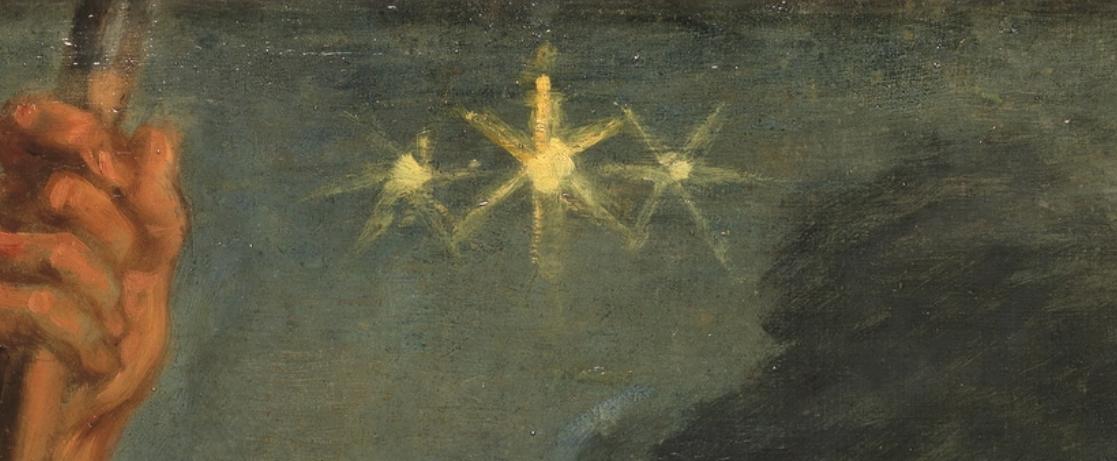

An edition of Leonhard Fuchs' Primi de stirpium historia (1549), rich with annotations #AH4236 @StAndrewsUniLib 



A hand-coloured edition of Dioscorides, De medicinali materia libri sex. (Frankfurt, 1549) #AH4236 @StAndrewsUniLib 

And many more items, including several editions of Kircher's treatises, Hooke's Micrographia, Worm's museum, a Phil. Trans. volume ... but my phone died and I couldn't take any photos! Hopefully some students will send me some to fill the gaps!
PS: Thanks to Elizabeth Henderson!
PS: Thanks to Elizabeth Henderson!
Thanks to @mionemrys, who has kindly shared some photos from today's session at Special Collections @StAndrewsUniLib, the thread goes on! ⬇️
Athanasius Kircher, Mundus subterraneus (1665) > truly spectacular images, which raise many questions about the actual production and publication of these illustrations and the treatises that feature them #AH4236 [Image credit: @mionemrys] 

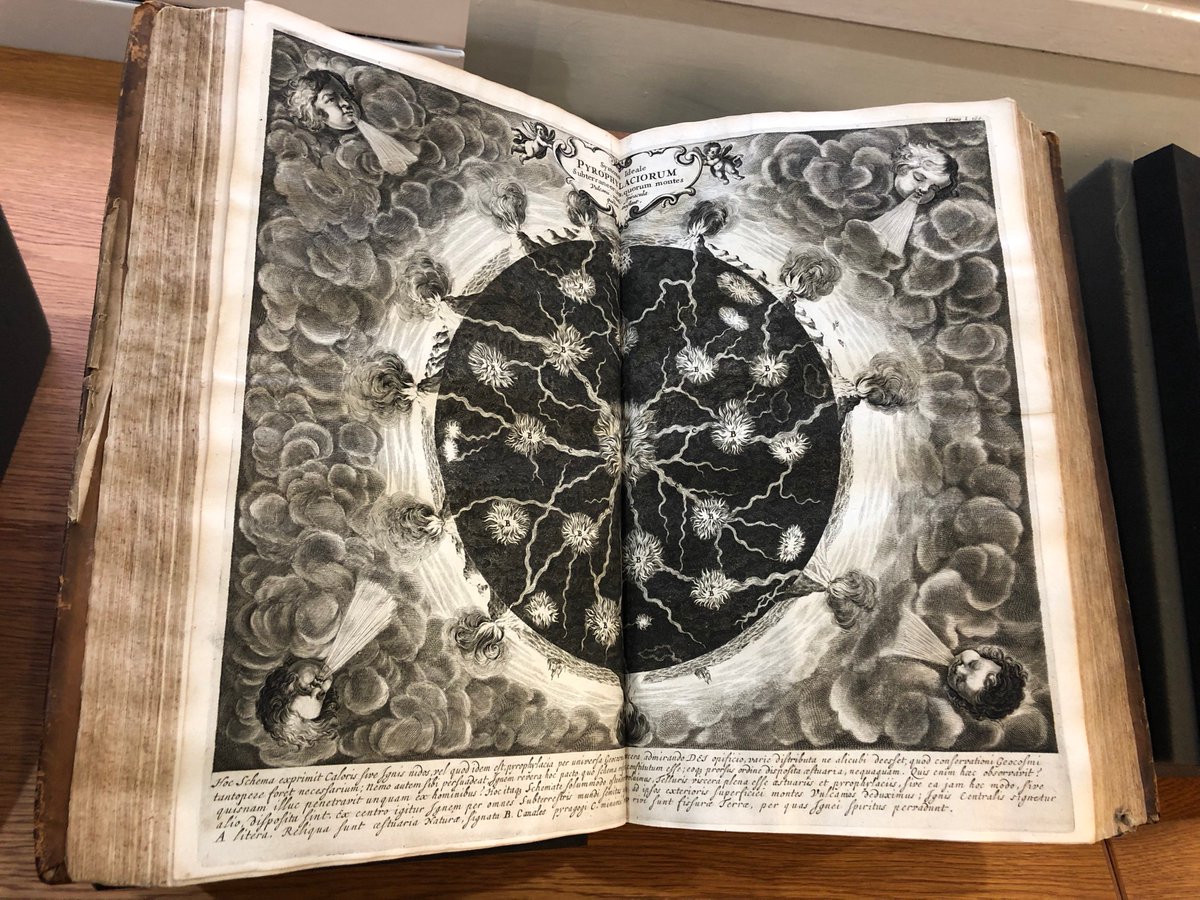

Athanasius Kircher, China Illustrata (1667) > Left: portrait of German Jesuit Johann Adam Schall Von Bell (1592-1666) & Right: large fold-out sheet with numerous characters which would have required new types / reproduction techniques #AH4236 [Image credit: @mionemrys] 


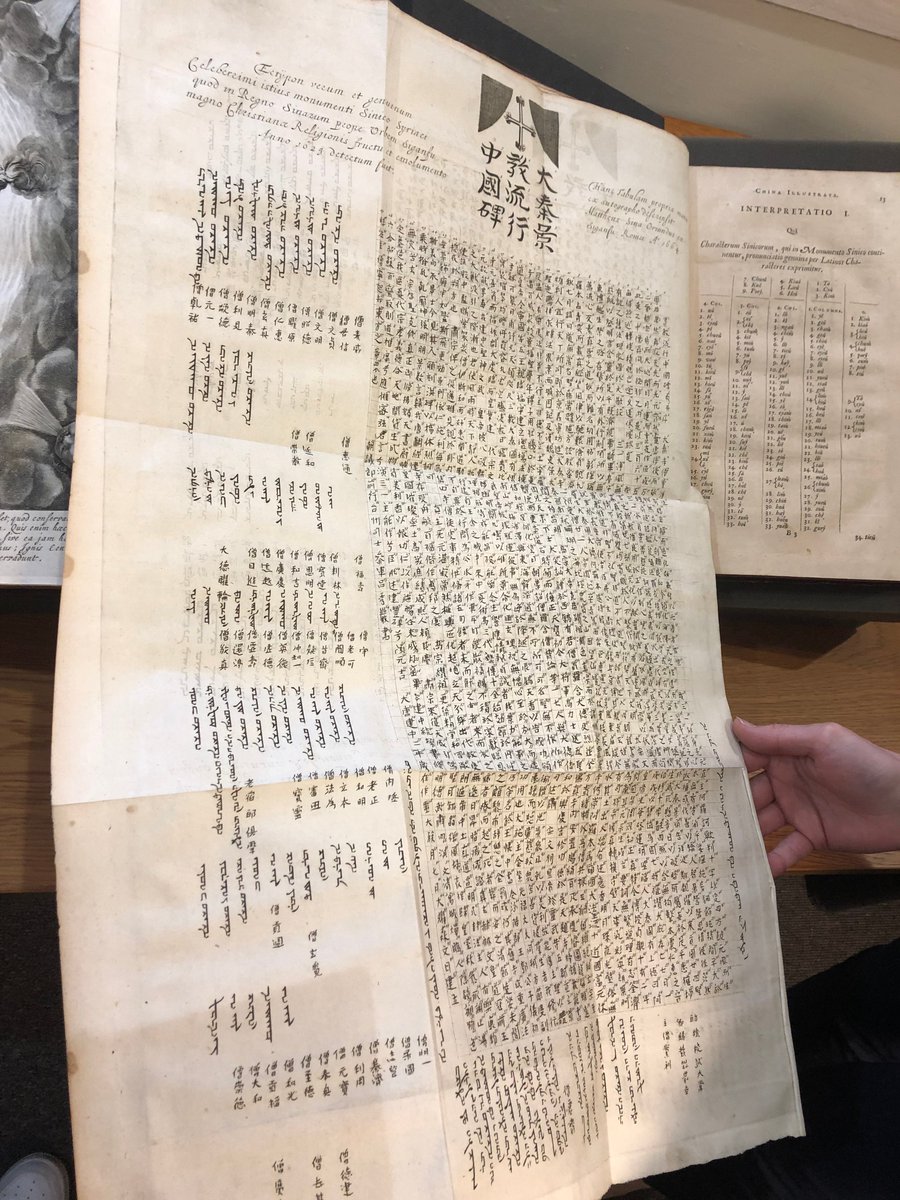
Title page of Athanasius Kircher, Oedipus aegyptiacus (Tomus 1, 1652) #AH4236 [Image credit: @mionemrys] 
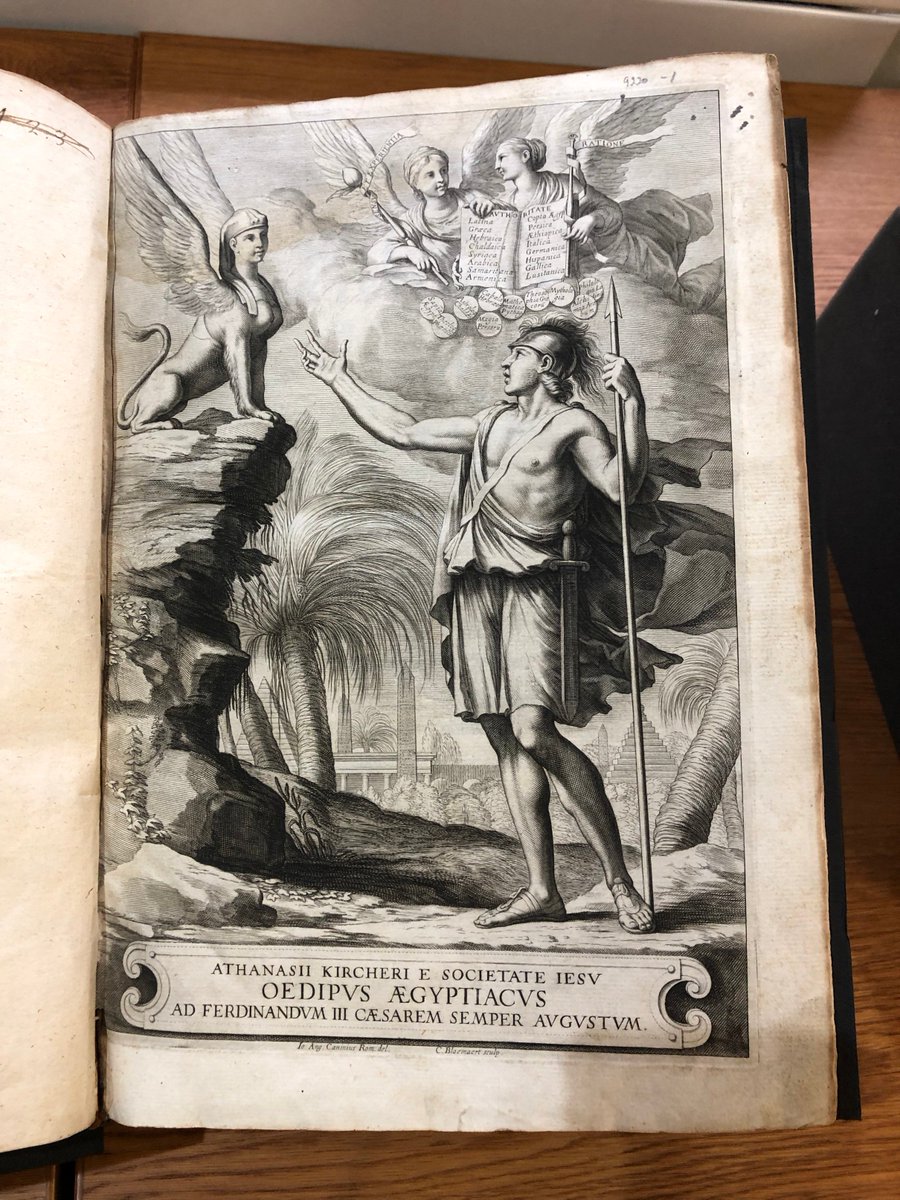
Title page and fold-out sheet with city view > Sebastian Münster, Cosmographiae uniuersalis (1550) #AH4236 [Image credit: @mionemrys] 



Some wonderful illustrations from Maria Sibylla Merian's Metamorphosis insectorum Surinamensium (1705) | Next year I'll make sure I devote more time and attention to this author and her impressive publications #AH4236 [Image credit: @mionemrys] 




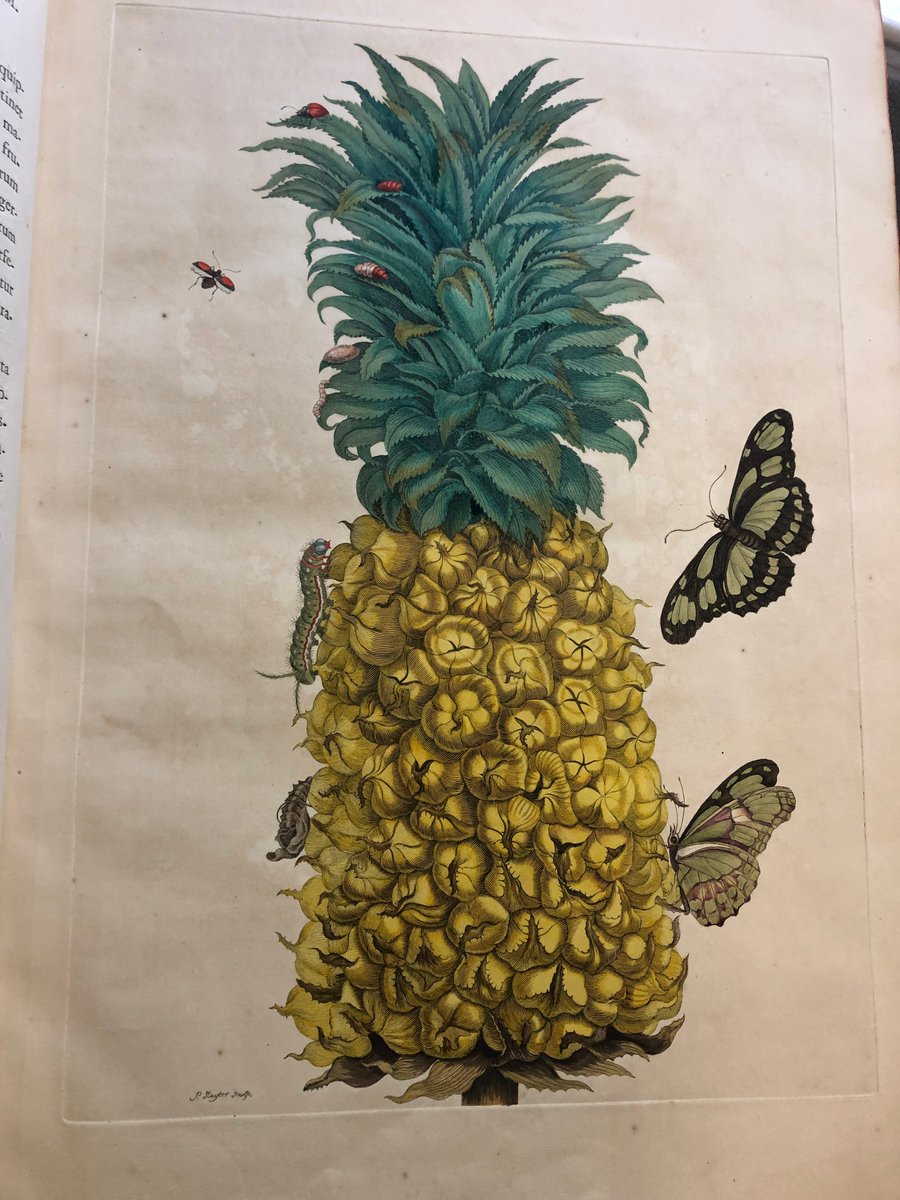


• • •
Missing some Tweet in this thread? You can try to
force a refresh









